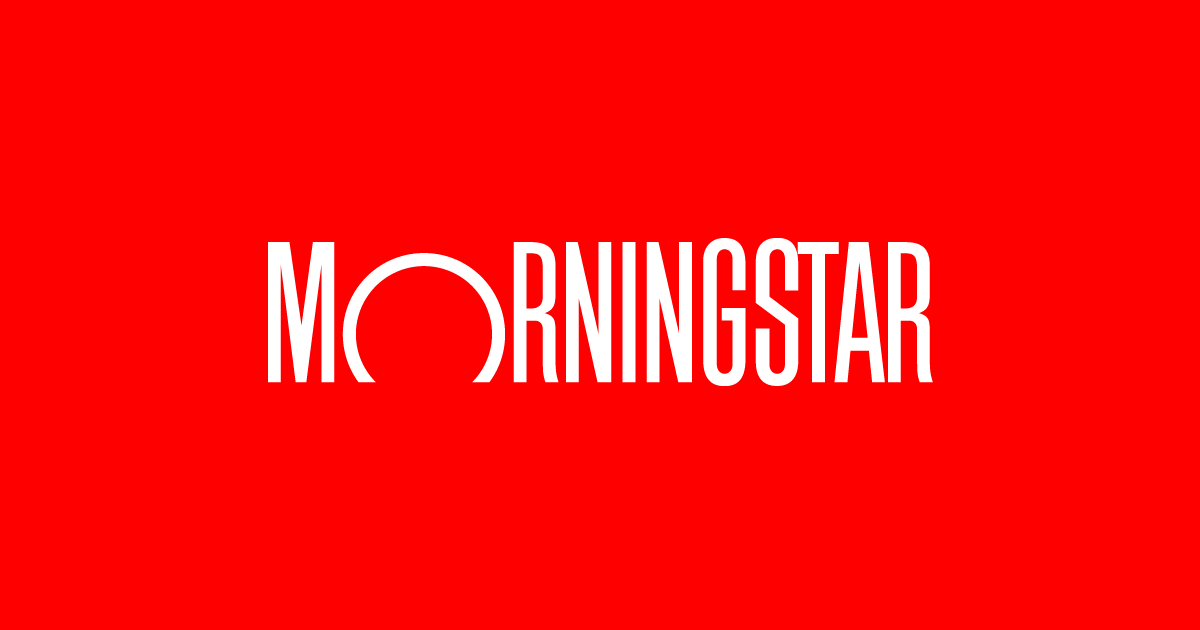By Christine Idzelis
The S&P 500 is down in November as the U.S. government shutdown persists
It’s been a rough start to November for the U.S. stock market.
The U.S. stock market is off to its worst start to a month since April as investors grapple with the longest U.S. government shutdown in history, among other worries.
“If the shutdown extends much longer,” going beyond next week and into the Thanksgiving holiday, “then I think we’ll get the full-blown correction” in the stock market, said Jamie Cox, a financial advisor and managing partner at Harris Financial Group, in a phone interview Friday. The market is now “awake to the risks” associated with a drawn-out shutdown, he said, sending a message this week that it could start hurting corporate profits.
The shutdown, which began at the start of October, is now disrupting air travel and raising concerns that it could strain consumers as the holiday season approaches, while shaving growth off the economy. The Dow Jones Industrial Average DJIA, S&P 500 SPX and Nasdaq Composite COMP all finished Friday with weekly losses – each booking their worst five-day start to a month since April, when President Donald Trump’s “liberation day” tariffs roiled markets, according to Dow Jones Market Data.
Below is more on what’s worrying the U.S. stock market at the moment.
Government shutdown
The shutdown has left investors navigating markets without the typical batch of economic reports from the U.S. government that give a fuller picture on the health of the economy.
Meanwhile, “flights are delayed, food programs are in trouble and federal workers aren’t being paid,” said Thomas Block, a Washington policy strategist at Fundstrat, in a note to the firms’ clients Friday. “There is some optimism that the shutdown can come to an end next week, but the key could be whether President Trump wants to personally engage.”
Alec Phillips, Goldman Sachs’s chief U.S. political economist, estimated in a Nov. 2 research note that if the shutdown lasts around six weeks, it could reduce quarter-on-quarter annualized real growth in gross domestic product over the final three months of 2025 by 1.15 percentage points, “primarily as a result of federal employee furloughs.”
Concerns about consumers
The University of Michigan’s consumer-sentiment index released Friday fell in November to the lowest level since the record low seen in June 2022. The preliminary reading indicated that consumer sentiment has soured more this month than Wall Street expected.
“With the federal government shutdown dragging on for over a month, consumers are now expressing worries about potential negative consequences for the economy,” Joanne Hsu, director of the University of Michigan’s Surveys of Consumers, said Friday on the university’s website.
“This month’s decline in sentiment was widespread throughout the population, seen across age, income and political affiliation,” she noted. “One key exception: Consumers with the largest tercile of stock holdings posted a notable 11% increase in sentiment, supported by continued strength in stock markets.”
Investors will be watching to see if consumers continue to spend during the holidays, despite feeling gloomy. Normally, investors would see monthly data from the government on U.S. retail sales next week on Nov. 14, but the shutdown has disrupted the usual economic calendar.
Labor-market worries
The U.S. stock market slumped Thursday after a report from outplacement firm Challenger, Gray & Christmas showed that layoffs soared in October. Alternative data sources such as the Challenger report are getting heightened attention from investors amid the vacuum of economic data during the shutdown. Normally, the government would have released on Friday a U.S. jobs report for October, but it wasn’t available due to the shutdown.
Stock-market valuations
Investors are worried that the enthusiasm around artificial intelligence has propelled the S&P 500 to a series of record highs this year that have left it both richly valued and extremely top-heavy.
The S&P 500 has outsize exposure to Big Tech stocks that trade at lofty multiples of earnings compared to the index. Meanwhile, the index’s information-technology sector XX:SP500.45 just had its worst week since April, ending Friday with a weekly loss of 4.2%, according to FactSet data.
Despite stumbling in November, the S&P 500 ended Friday 2.4% below its record close on Oct. 28, according to Dow Jones Market Data. A stock-market correction would entail a drop of at least 10% from a recent peak.
“Pullbacks are normal,” said Carol Schleif, chief market strategist at BMO Private Wealth, in a phone interview Friday. “They’re never comfortable, but they’re normal.”
-Christine Idzelis
This content was created by MarketWatch, which is operated by Dow Jones & Co. MarketWatch is published independently from Dow Jones Newswires and The Wall Street Journal.
(END) Dow Jones Newswires
11-08-25 0730ET
Copyright (c) 2025 Dow Jones & Company, Inc.
